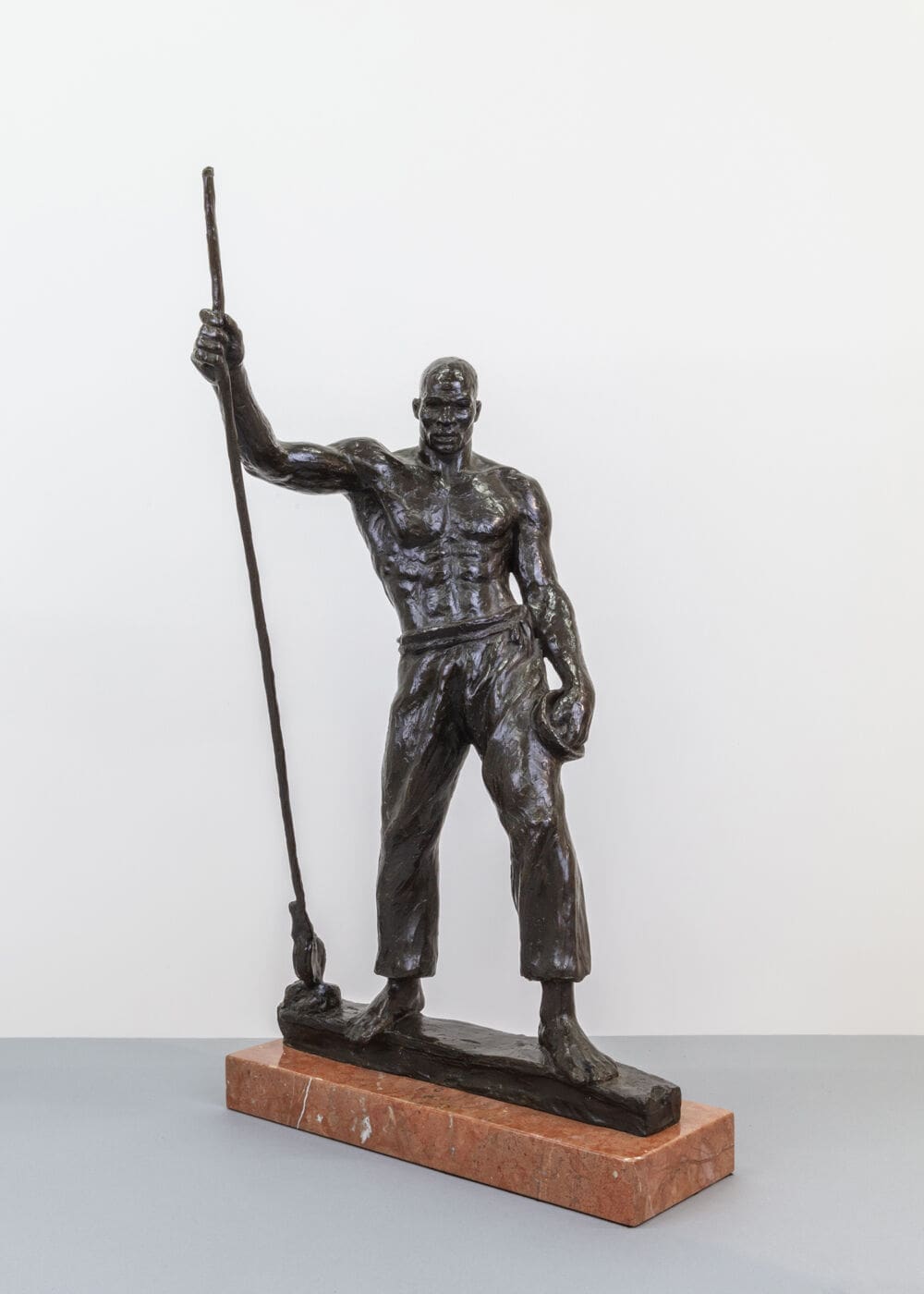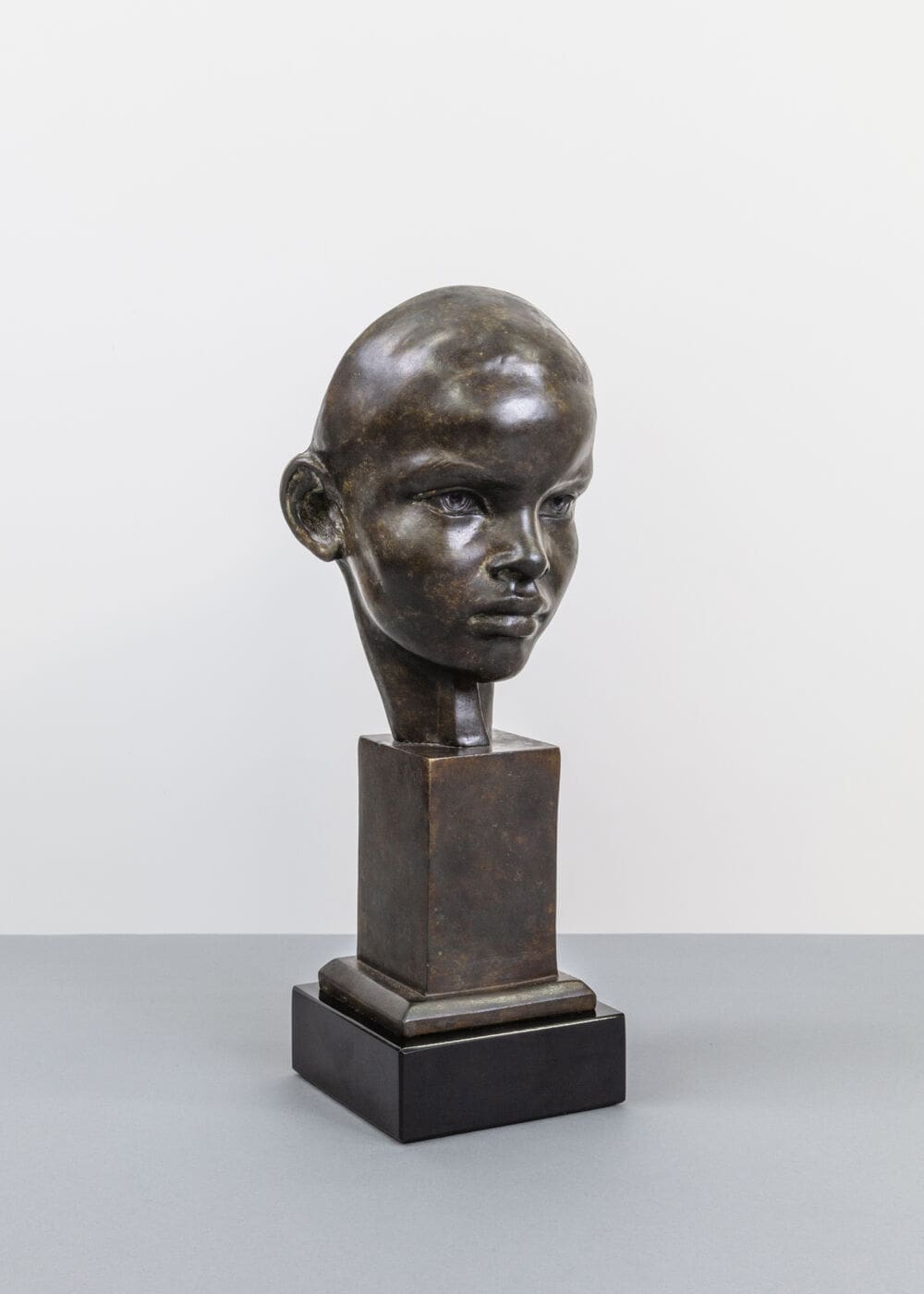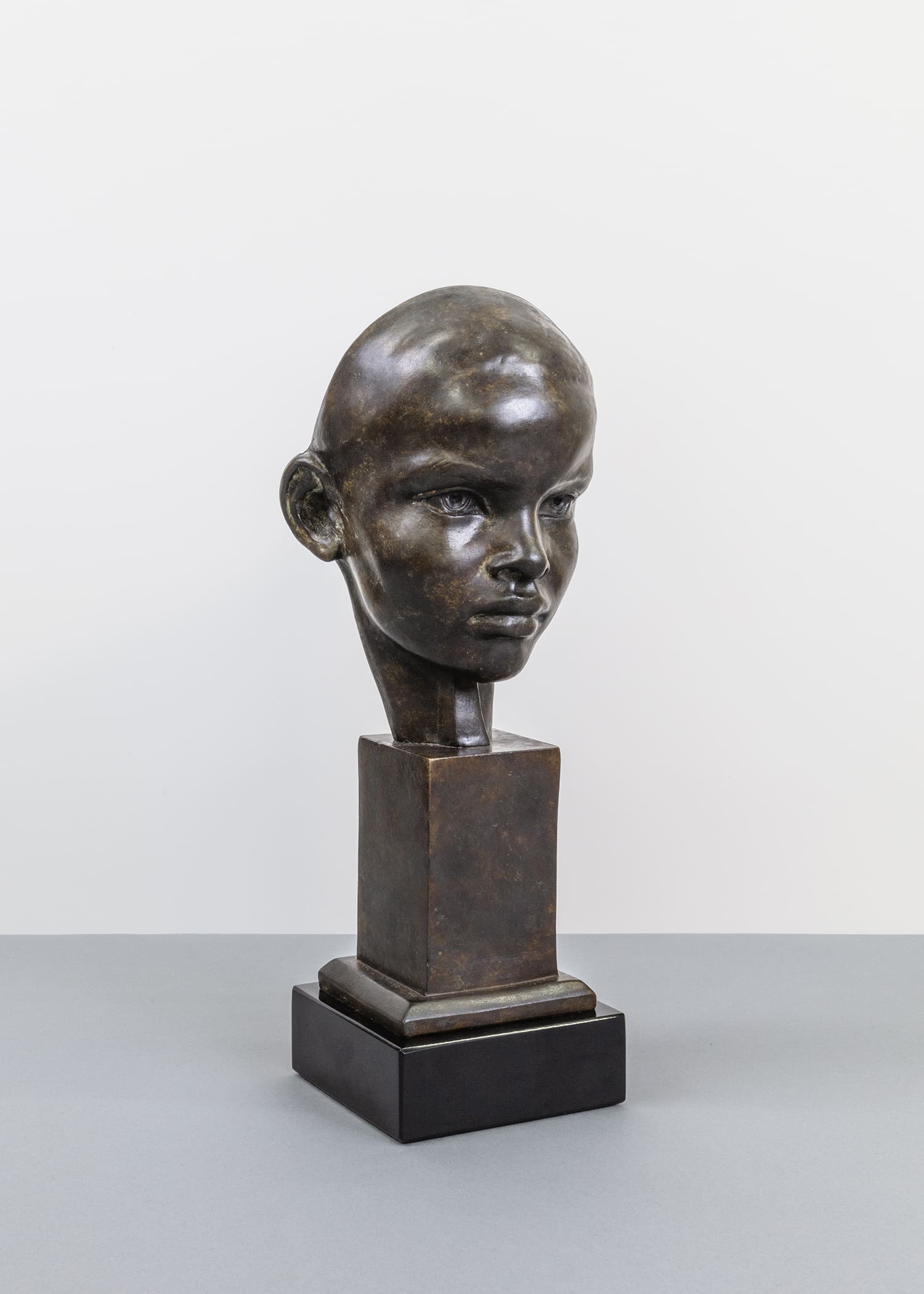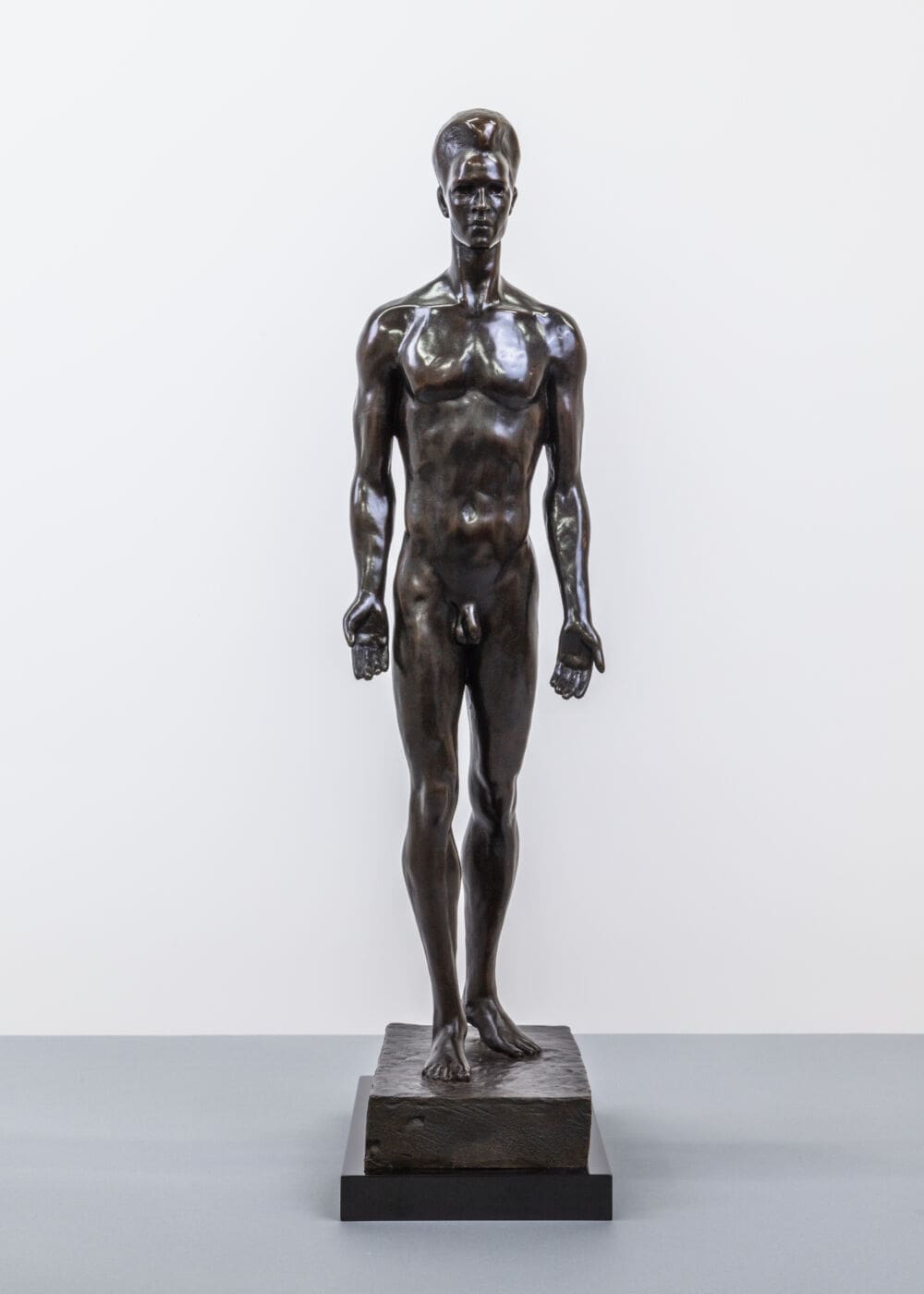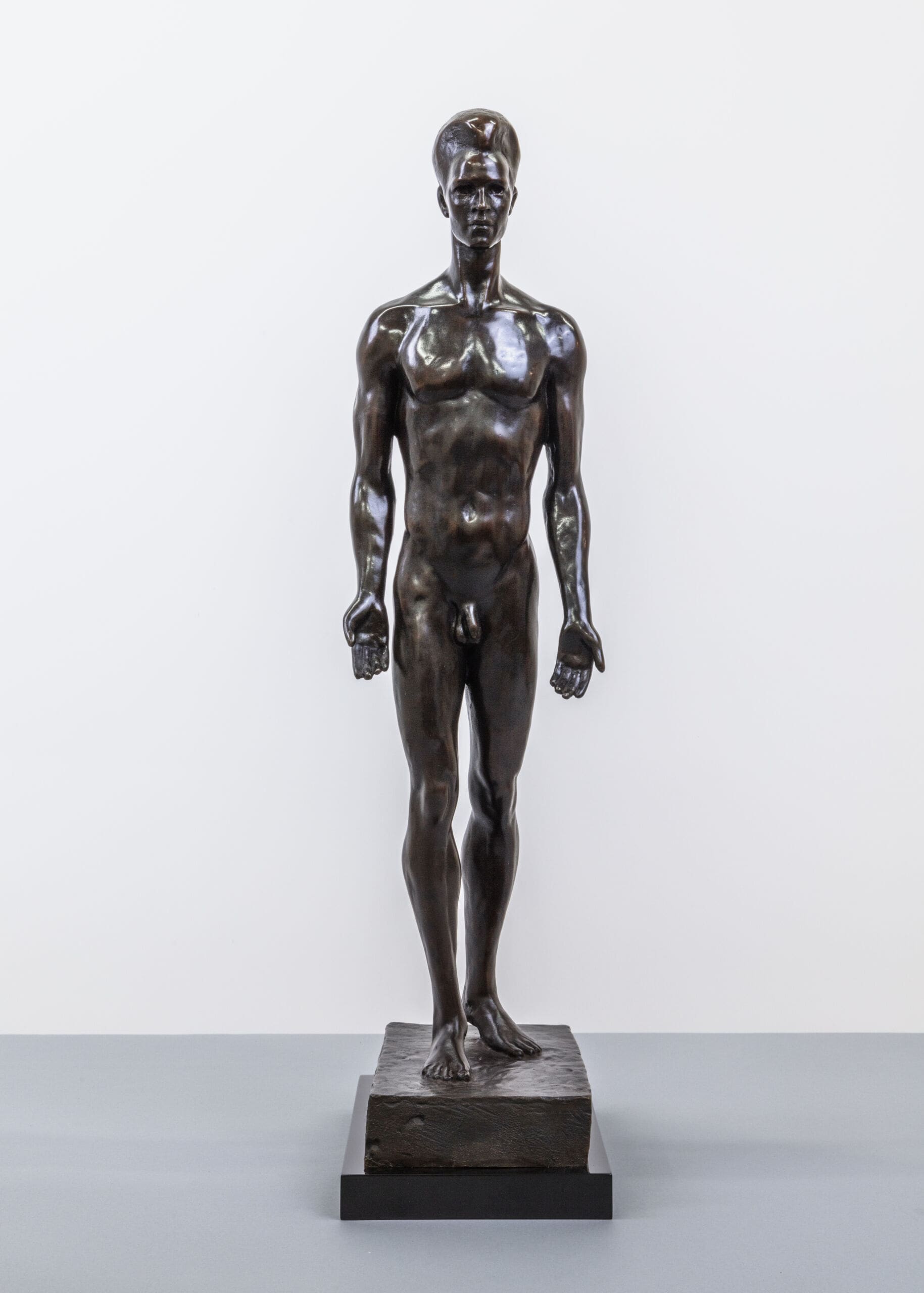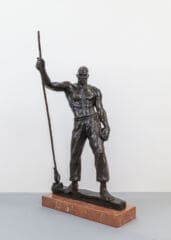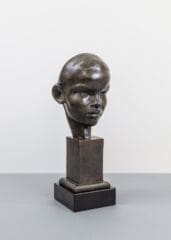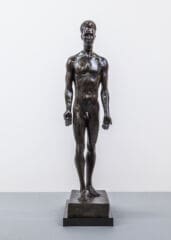Richmond Barthé
b. 1901, Bay St. Louis, MS – d. 1989, Pasadena, CA

BIOGRAPHY
Richmond Barthé (b. 1901, Bay St. Louis, MS – d. 1989, Pasadena, CA) was an American artist known for his sculptures of Black performers, athletes, dancers, and historical figures. While attending the Art Institute of Chicago, Barthé took up sculpture at the suggestion of one of his professors. Barthé began sculpting figures that expressed his sitters’ emotions through their gestures and movements. Shortly after graduating in 1928, the artist relocated to New York City, where he became a vital participant of the Harlem Renaissance. Over the next two decades, Barthé exhibited widely and gained considerable acclaim as one of the first modern artists to depict African Americans in his work. In the 1940s, Barthé became the first African American artist to be represented—together with painter Jacob Lawrence—in the Metropolitan Museum of Art’s and Whitney Museum of American Art’s collections. By the late-1940s, Barthé moved to Jamaica and lived there for two decades.
In 2015, Barthé’s work was featured in America Is Hard to See, the inaugural exhibition at the new Whitney Museum of American Art. Recently, his work has been featured in exhibitions at the Telfair Museums, GA (2023); Kunsthal KAdE, Amersfoort, Netherlands (2020); and Wadsworth Atheneum Museum of Art, CT (2019), among others. His work can be found in the collections of the Art Institute of Chicago, IL; Los Angeles County Museum of Art, CA; Museum of Fine Arts, Boston, MA; and Smithsonian American Art Museum, DC, among others.
